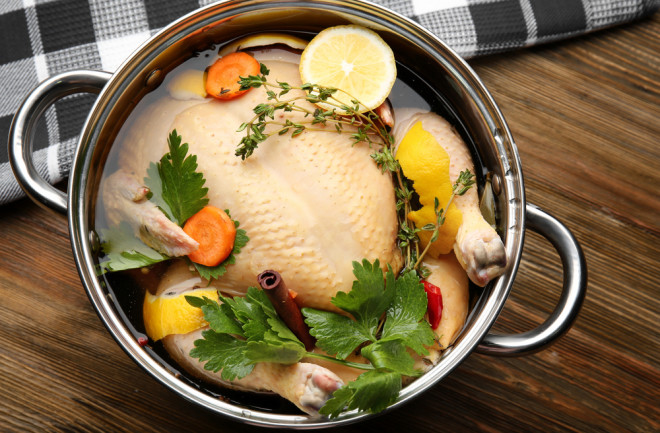Everyone cooking on Thanksgiving dreads the same thing: a dry turkey. Tough, chewy meat can suck the enjoyment out of a meal, which is why people might consider submerging their holiday bird in a brine overnight.
The strategy has kept meats tender for centuries — even ancient Romans had recipes for making a tasty boar ham in seawater. Brining has likely earned its place in cookbooks through time because it’s one of the most effective tactics for ensuring the centerpiece of your meal is actually something your family wants to eat.
What Is a Brine?
Brining is a saltwater bath that transforms proteins and allows them to hold onto more moisture — a change that both softens meat and makes it juicier. This chemical transformation is so helpful that many turkey producers have perfected a similar — but much faster — procedure that they use in processing to boost your Thanksgiving bird’s palatability even before you take it home.

